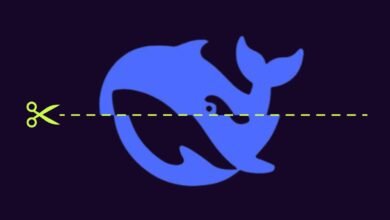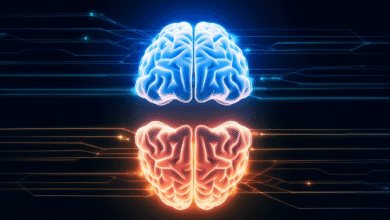Swiss Startup’s AI Weather Model Outperforms Microsoft and Google

▼ Summary
– Swiss startup Jua has launched an AI-powered weather forecaster, EPT-2, claiming it outperforms leading models from Microsoft and Google DeepMind in accuracy and speed.
– Jua’s report shows EPT-2 surpassed Aurora and ECMWF’s models in accuracy for key weather variables while using 75% less computing power than Aurora.
– The research, set to be published on arXiv, did not include DeepMind’s Graphcast, but Jua’s CEO asserts EPT-2 can outperform all competitors.
– AI-based weather models like Jua’s learn from data instead of using traditional physics equations, enabling faster and cheaper forecasts on less powerful hardware.
– Jua differentiates itself by building a native physics simulation for weather forecasting, unlike competitors retrofitting AI onto legacy systems.
A Swiss startup has developed an AI-driven weather forecasting system that reportedly surpasses the accuracy of models from industry giants like Microsoft and Google. Jua, the company behind this breakthrough, asserts its EPT-2 model outperforms competitors in both speed and precision, setting a new benchmark for global weather prediction.
Independent studies have previously shown that Microsoft’s Aurora and Google DeepMind’s GraphCast exceed the performance of traditional systems like the European Centre for Medium-Range Weather Forecasts (ECMWF). Now, Jua’s latest research positions its EPT-2 as the new leader, outperforming Aurora and ECMWF’s ENS and IFS HRES models in head-to-head comparisons.
The findings reveal that EPT-2 delivered superior accuracy across multiple weather variables, including wind speed and air temperature over a 10-day forecast period. Notably, it processed predictions 25% faster than Aurora while consuming 75% less computing power, making it both efficient and highly effective. The study is set for publication on arXiv, offering transparency for peer review.
While DeepMind’s GraphCast wasn’t included in the tests, Jua’s CEO, Marvin Gabler, remains confident in their model’s dominance. “Competitors are either too slow, too limited in scope, or still dependent on outdated infrastructure,” he stated, emphasizing Jua’s edge in innovation.
The shift toward AI-powered weather forecasting reflects growing demand for cost-effective, high-precision solutions. Traditional methods rely on intricate physics-based simulations run on supercomputers, whereas AI models analyze vast datasets to detect patterns, drastically reducing computational costs.
Gabler highlights that Jua’s approach goes beyond simply applying AI to existing frameworks. “We’ve built a system that inherently understands atmospheric physics,” he explained, distinguishing their technology from others retrofitting AI onto legacy systems.
Since launching its first AI weather model three years ago, Jua has secured $27 million in funding from investors like 468 Capital and Future Energy Ventures. With this latest advancement, the startup is poised to redefine how weather predictions are made, delivering faster, more accurate results with significantly lower resource demands.
(Source: The Next Web)





